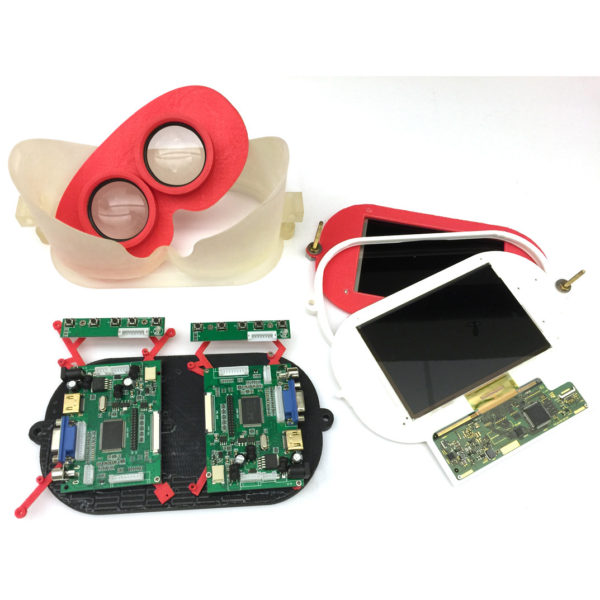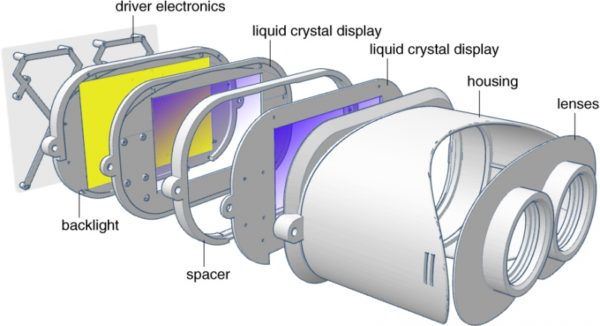Stanford Researchers Develop Light-Field VR Device to Reduce VR Eye Fatigue

A breakthrough discovery in VR technology at Stanford University’s Computational Imaging Group has led to the development of a virtual reality headset that reduces eye fatigue, nausea, and motion sickness, three of the most commonly associated drawbacks in VR that are sometimes reported by users. They call this device a Light Field Stereoscope, and is said to create a more natural VR viewing experience than some of the well-known VR headsets in the market today.
The important news about this technology is that it seems to negate the technological advantage that Magic Leap claims it has over Oculus. If adapted into the next version of the Rift, Magic Leap’s more complicated method for producing VR images could find itself without a role in VR, and negating Google’s half-billion dollar investment in the company.
The team of researchers at Stanford’s Computational Imaging Group, led by Prof. Gordon Wetzstein, an assistant professor of electrical engineering, have unveiled the Light Field Stereoscope as a new method of delivering VR content without the drawbacks associated with current VR rendering technologies. They have developed this light-field stereoscope technology that generates a hologram-like image for each eye to make the experience more natural. The light field creates multiple, slightly different perspectives over different parts of the same pupil. Similar to what our eyes do in sensing vision in real life, the viewer can freely move focus and experience depth in the virtual environment.

With the recent boom of the VR industry, the research group is at the leading edge of innovating current VR technology for the better. According to Wetzstein, “Virtual reality gives us a new way of communicating among people, of telling stories, of experiencing all kinds of things remotely or closely.”
Today, the usual VR display technology used in many VR headsets imitates natural vision – unfortunately it does not imitate natural vision in sync with the nature of the human eye in sensing vision. This issue contributes to the fact that VR motion sickness exists whenever a person experiences watching VR to some extent. According to Wetzstein, each eye sees only one image when subjected to the current stereoscopic VR, which is a “flat” VR medium. Depth of field is also limited, as the eye is forced to focus on only a single plane. In the real world, we see slightly different perspectives of the same 3D scene at different positions of our eye’s pupil. Today’s VR headsets introduce a conflict between the visual cues your eyes focus on and how your brain combines what your two eyes see.
The Light Field Stereoscope, which was developed in collaboration with graphics technology giant NVIDIA, will be presented and demonstrated at SIGGRAPH 2015, an annual conference showcasing the latest breakthroughs in computer graphics.
For more information on the Light Field Stereoscope, please visit the following websites:
http://www.computationalimaging.org
http://news.stanford.edu/news/2015/august/virtual-reality-headset-080315.html
http://s2015.siggraph.org/attendees/emerging-technologies/events/light-field-stereoscope

